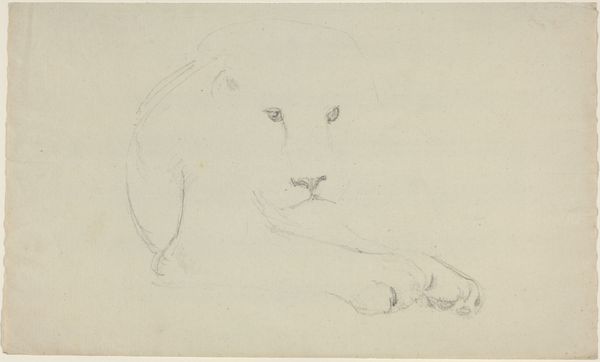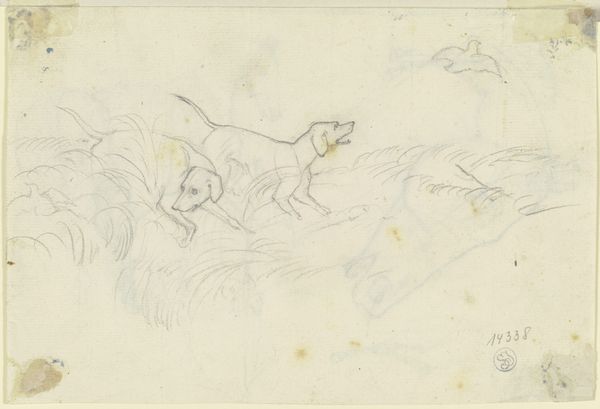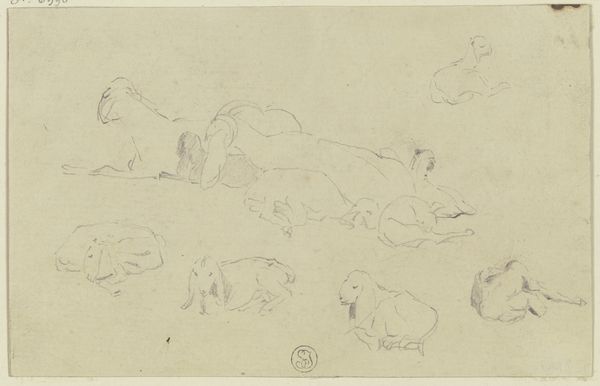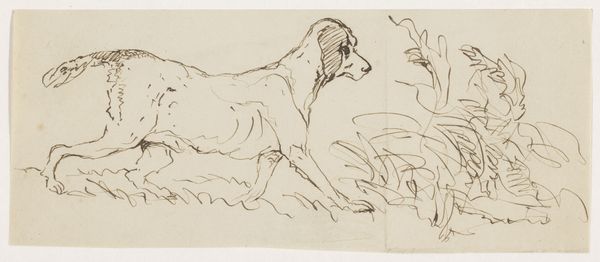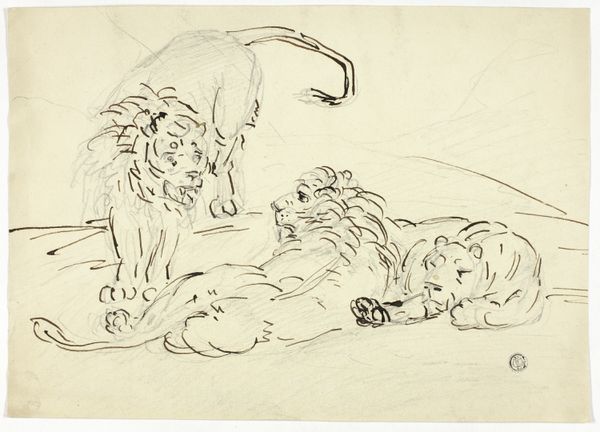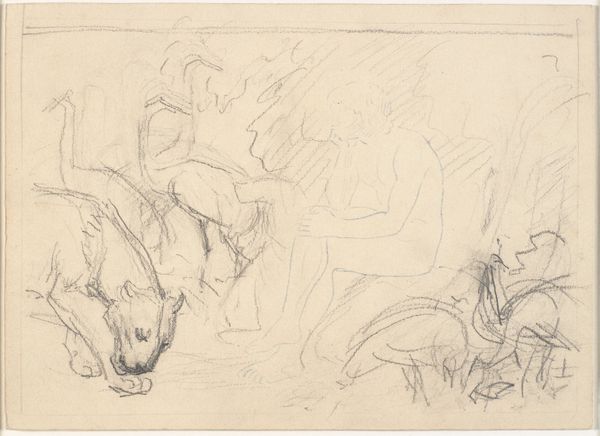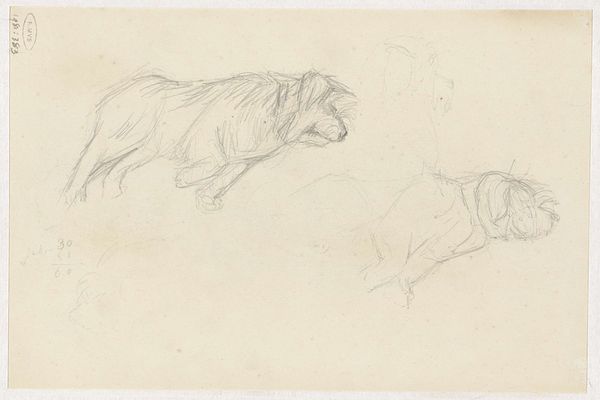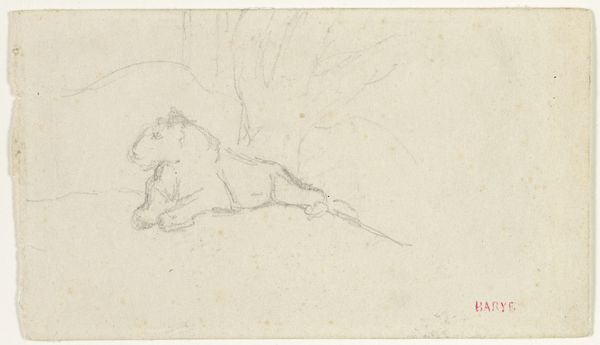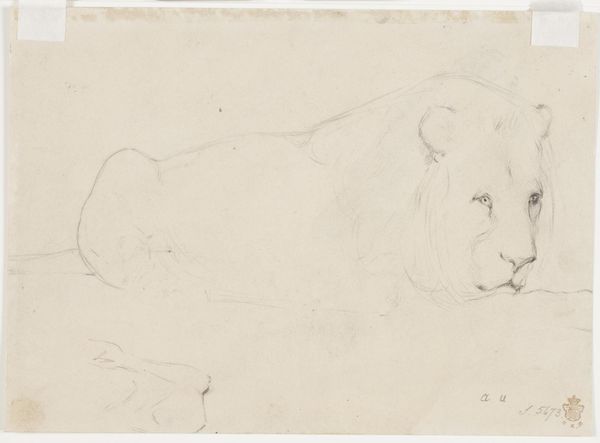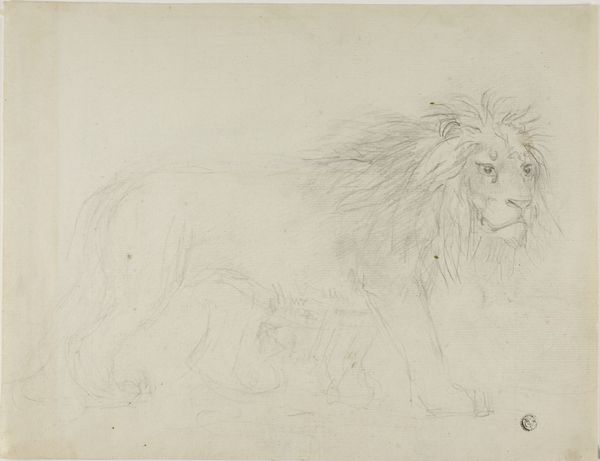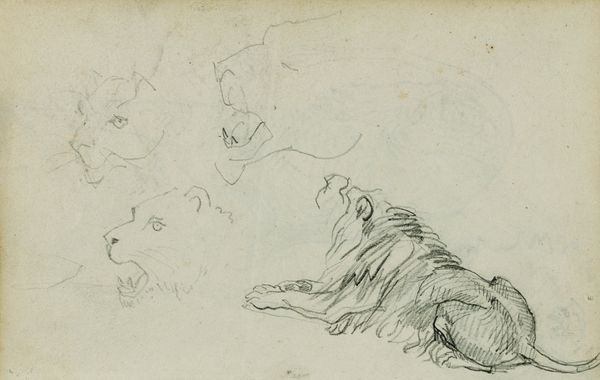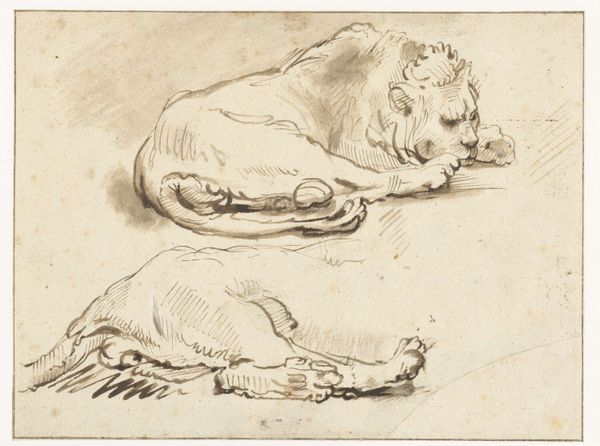
drawing, pencil
#
portrait
#
drawing
#
pencil sketch
#
figuration
#
pencil
#
horse
Dimensions: height 160 mm, width 218 mm
Copyright: Rijks Museum: Open Domain
Editor: So, this is "Studies van dierenkoppen en poten," or "Studies of Animal Heads and Legs," by Raden Saleh, made sometime between 1824 and 1880. It's a pencil drawing. What strikes me most is its simplicity; the delicate lines capture these animal forms so economically. What do you see in this sketch? Curator: I see the cultural memory embedded in the horse as an archetypal symbol of power and freedom, fragmented across the page. Saleh presents not a complete image, but glimpses – powerful heads, sturdy legs. These elements remind us how throughout history, horses have represented both wild, untamed nature and aristocratic might. What does that fragmented representation suggest to you? Editor: Perhaps a deconstruction of the idealized image of the horse? A focus on specific details rather than a grand, romanticized whole? Curator: Precisely. It also hints at the tension between observation and symbolic representation. The lines, though delicate, carry the weight of cultural symbolism. Notice how even in this fragmented form, the musculature around the horse's jawline and neck is emphasized. What might that emphasis symbolize to you? Editor: It highlights the horse's strength, even its potential for aggression? The energy barely contained beneath the surface? Curator: Indeed! And Raden Saleh, as an artist with roots in both Indonesian and European cultures, would have understood those symbolic registers intimately, navigating between different visual traditions. This drawing shows a keen understanding of both artistic conventions and the deeper symbolic meanings. Editor: That's fascinating! It's more than just a quick sketch, then; it's a distillation of cultural understanding expressed through simple lines. Thanks, I see this drawing completely differently now.
Comments
No comments
Be the first to comment and join the conversation on the ultimate creative platform.
